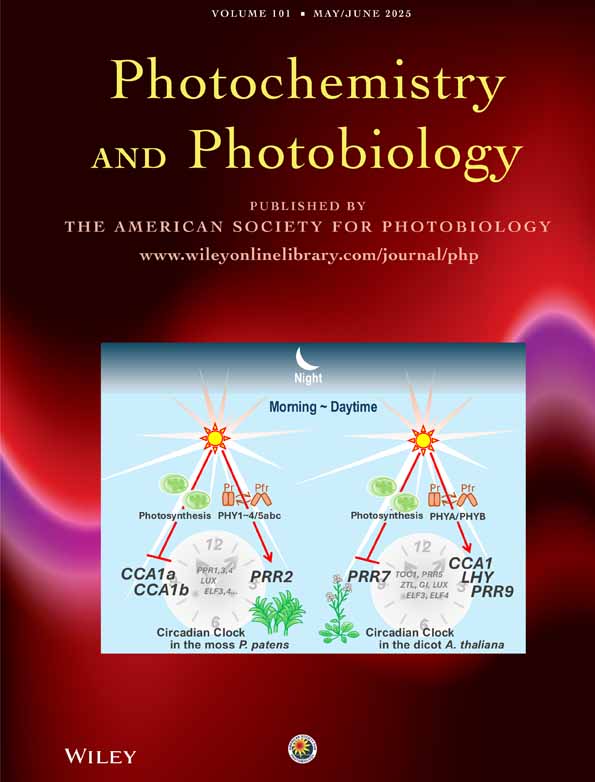COMPLEX FORMATION BETWEEN PYRENE AND THE NUCLEOTIDES GMP, CMP, TMP AND AMP
Abstract—
Pyrene has been found to form ground and excited electronic state complexes of 1:1 stoichi-ometry with GMP, CMP, TMP and AMP. The values of their ground state association constants are 45 M-1, 13M-1, 14 M-1, and 52 M-1 respectively. The fluorescence of pyrene is strongly quenched by GMP, CMP, and TMP but only slightly by AMP. Fluorescence quenching analysis has yielded the values 87M-1, 73 M-1, and 154 M-1 for the excited state association constants with GMP, CMP, and TMP, respectively. The corresponding values for the excited state second-order rate constant for complex formation are: 3.3 times 109M-1 s-1 4.1 times 109M-1 s-1, and 4.0 times 109M-1 s-1. The probabilities of complex formation per collision between an excited pyrene molecule and a nucleotide are: 0.52, 0.64, and 0.63. The values for the excited state rate constant for dissociation of the complex are: 3.8 times 107s-1 5.6 times 107s-1, and 2.6 times 107s-1. The possibility is discussed that partial transfer of charge from pyrene to nucleotide may be playing a role in the complex formation process.




